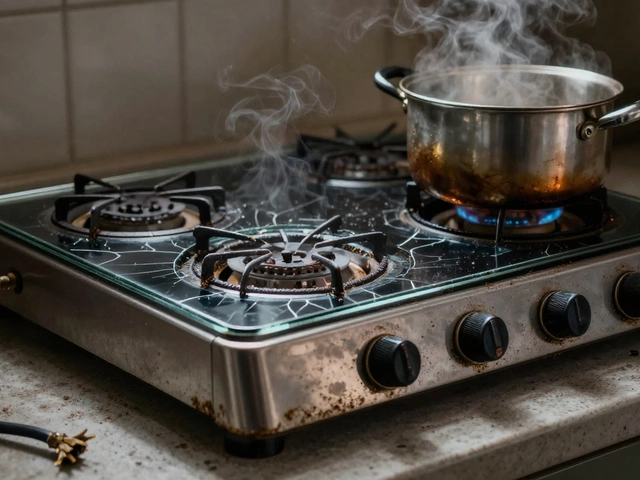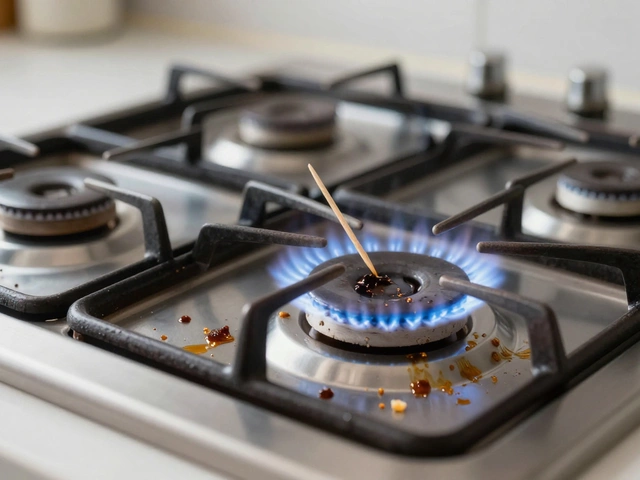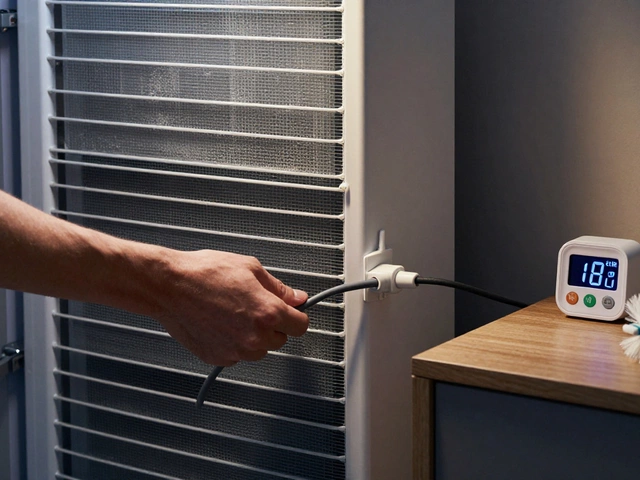Hot Water Help: Boilers, Water Heaters & Simple Fixes
When the hot water stops, the whole house feels the impact. Most problems aren’t mysterious – a tripped reset button, a dirty thermostat, or a missing pressure check can be the culprit. Before you call anyone, grab a flashlight and have a look at the basics. It only takes a few minutes and can save you a call-out fee.
Quick Reset for a Stuck Water Heater
Many electric water heaters have a safety reset button that trips when the unit overheats. To reset it, turn off the power at the breaker, wait 30 seconds, then press the red button firmly for about three seconds. Turn the breaker back on and see if hot water returns. If the button trips again, there may be a faulty thermostat or a bad heating element – both are common fixes for a pro.
Keep Your Boiler Running Smoothly
A boiler that’s low on pressure will struggle to heat water. Check the pressure gauge; it should sit between 1 and 1.5 bar when the system is cold. If it’s lower, open the filling loop just enough to bring it up. While you’re there, look for any odd noises or leaks. Regularly cleaning the pressure relief valve and scheduling a yearly service can keep your boiler efficient and extend its life.
Another easy win is bleeding radiators. Trapped air reduces heat output and forces the boiler to work harder. Use a radiator key to open the valve until water flows out, then close it. This one‑minute task often restores full heat and improves hot‑water flow.
Don’t forget to inspect the anode rod in a hot‑water tank. It attracts corrosion and protects the tank from rust. If the rod looks heavily corroded, replace it every 2‑3 years. A new rod can add years to your system and keep water tasting fresh.
Finally, keep an eye on the thermostat settings. Many people set their hot‑water temperature too high, which wastes energy and can cause scalding. Aim for 120°F (49°C) – it’s hot enough for dishes and showers but safe for the plumbing.
By tackling these simple checks yourself, you’ll know exactly what’s broken and can give a technician clear information. That speeds up repairs and prevents unnecessary part replacements.
Got a stubborn problem? Here’s a quick checklist to run through before calling Weymouth Appliance Repair Services:
- Reset the water heater’s safety button.
- Check boiler pressure and top up if needed.
- Bleed any noisy radiators.
- Inspect the anode rod for corrosion.
- Confirm thermostat is set to 120°F (49°C).
If any step feels uncomfortable, or the issue repeats, it’s time to call a pro. Our team knows the ins and outs of boilers, water heaters, and all hot‑water appliances. We’ll fix the problem fast, keep costs low, and make sure you never take another cold shower.
Water Heater Resetting: Why You Need To Do It Again and Again
- Alden Wilder
- May 22 2025
- 0 Comments
Tired of running out of hot water and constantly hitting the reset button on your water heater? This article explores the main reasons behind this annoying routine, details the warning signs of deeper problems, and breaks down the parts that might be failing. Get straightforward troubleshooting steps and learn handy tips to keep the hot water flowing without repeat resets. You’ll even find out when it’s time to call a pro versus handling repairs yourself. Stop guessing and start understanding what’s really going on with your water heater.
View More




